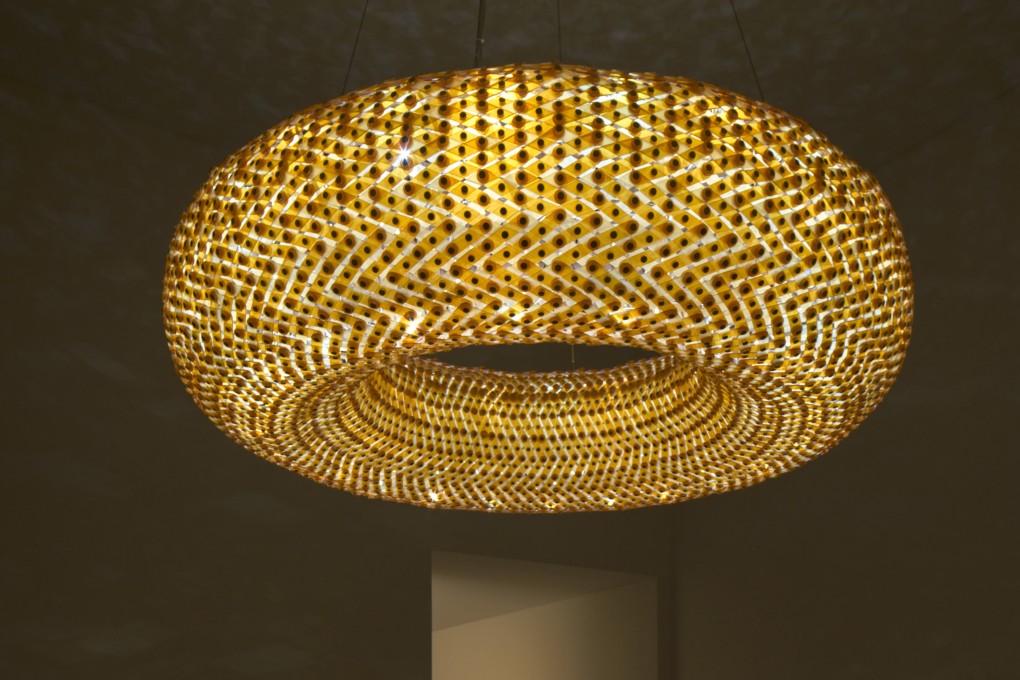At Arab Design Now, flagship of Qatar’s Design Doha biennial, history and heritage are spurs for creativity
- History and heritage inspire many of the pieces in Arab Design Now – works whose designers creatively ally modern thinking and traditional materials
- The exhibition is the centrepiece of Qatar’s first design biennial but across Doha there is much more, including a street art initiative with Hong Kong roots

One “trick” for prolonging the enjoyment of sprawling design festivals is to ask yourself: “What is the one thing you would take with you, given the opportunity and the space?”
Rana Beiruti laughs at the seemingly impossible question. But upon giving herself manageable parameters by clarifying “something that fits into my home, into my life”, the curator of “Arab Design Now” (ADN) nominates a series of works by architect Amina Agueznay.
“It’s an innovative use of raw natural materials, not in a traditional sense,” says Beiruti of the series, with its brush-like geometric designs inspired by the doors of a Moroccan ksar (fortified village).


“It has texture, it’s close to the earth. It combines craft and textile as well as references to rural architecture in Morocco with its patterns.”
